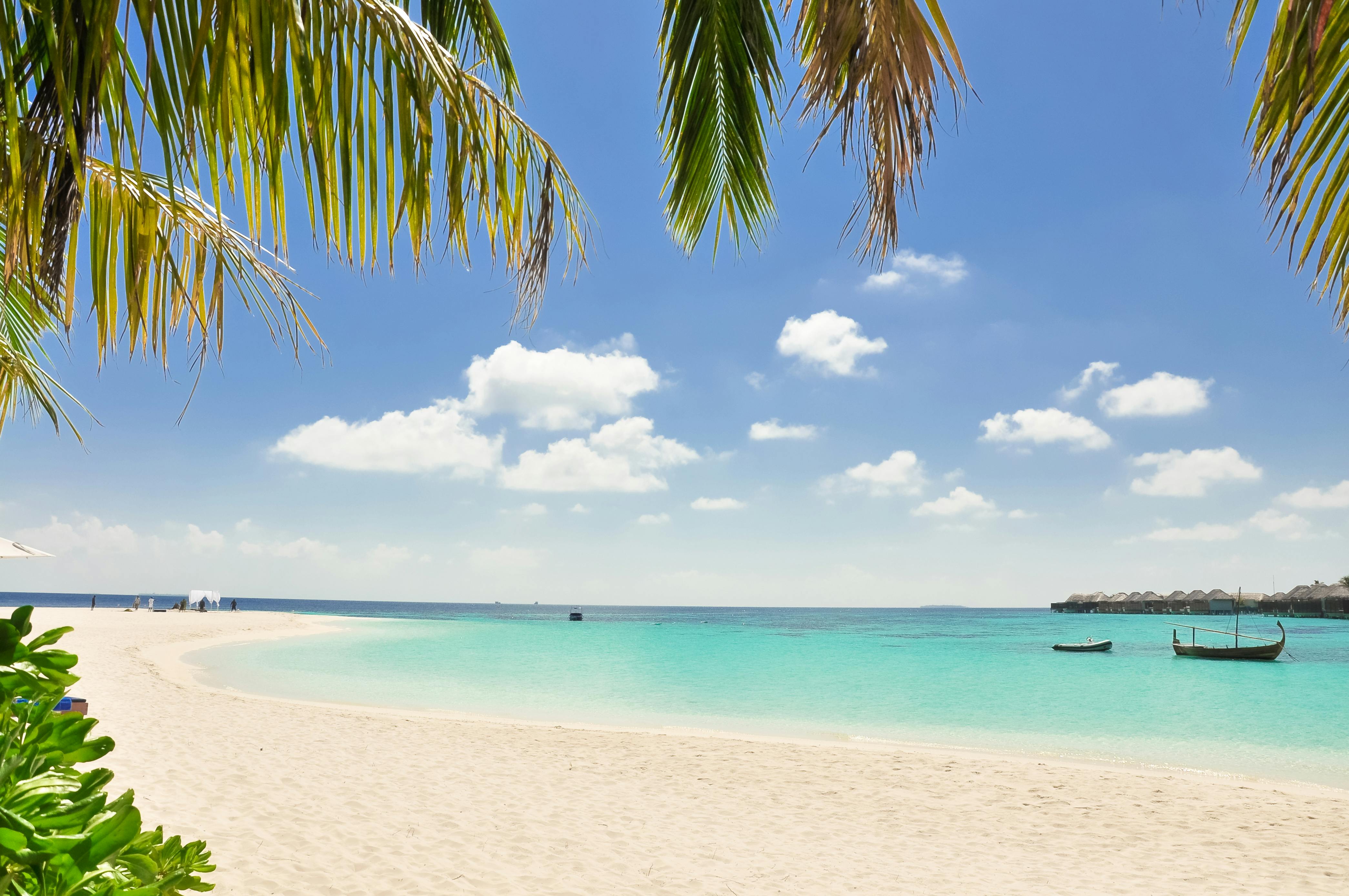summer
From an astronomical view, the equinoxes and solstices would be the middle of the respective seasons,[1][2] but sometimes astronomical summer is defined as starting at the solstice, the time of maximal insolation, often identified with the 21st day of June or December. By solar reckoning, summer instead starts on May Day and the summer solstice is Midsummer. A variable seasonal lag means that the meteorological centre of the season, which is based on average temperature patterns, occurs several weeks after the time of maximal insolation.[3]
The meteorological convention is to define summer as comprising the months of June, July, and August in the northern hemisphere and the months of December, January, and February in the southern hemisphere.[4][5] Under meteorological definitions, all seasons are arbitrarily set to start at the beginning of a calendar month and end at the end of a month.[4] This meteorological definition of summer also aligns with the commonly viewed notion of summer as the season with the longest (and warmest) days of the year, in which daylight predominates.
The meteorological reckoning of seasons is used in countries including Australia, New Zealand, Austria, Denmark, Russia and Japan. It is also used by many people in the United Kingdom and Canada. In Ireland, the summer months according to the national meteorological service, Met Éireann, are June, July and August. By the Irish calendar, summer begins on 1 May (Beltane) and ends on 31 July (Lughnasadh).
Days continue to lengthen from equinox to solstice and summer days progressively shorten after the solstice, so meteorological summer encompasses the build-up to the longest day and a diminishing thereafter, with summer having many more hours of daylight than spring. Reckoning by hours of daylight alone, summer solstice marks the midpoint, not the beginning, of the seasons. Midsummer takes place over the shortest night of the year, which is the summer solstice, or on a nearby date that varies with tradition.
Where a seasonal lag of half a season or more is common, reckoning based on astronomical markers is shifted half a season.[7] By this method, in North America, summer is the period from the summer solstice (usually 20 or 21 June in the Northern Hemisphere) to the autumn equinox.[8][9][10]
Reckoning by cultural festivals, the summer season in the United States is traditionally regarded as beginning on Memorial Day weekend (the last weekend in May) and ending on Labor Day (the first Monday in September), more closely in line with the meteorological definition for the parts of the country that have four-season weather. The similar Canadian tradition starts summer on Victoria Day one week prior (although summer conditions vary widely across Canada's expansive territory) and ends, as in the United States, on Labour Day.
Schools and universities typically have a summer break to take advantage of the warmer weather and longer days. In almost all countries, children are out of school during this time of year for summer break, although dates vary. Many families will take holidays for a week or two over summer, particularly in Southern Hemisphere Western countries with statutory Christmas and New Year holidays.
In the United States, public schools usually end in late May in Memorial Day weekend, while colleges finish in early May. Public school traditionally resumes near Labor Day, while higher institutions often resume in mid-August.
In England and Wales, school ends in mid-July and resumes again in early September. In Scotland, the summer holiday begins in late June and ends in mid-to late-August. Similarly, in Canada the summer holiday starts on the last or second-last Friday in June and ends in late August or on the first Tuesday of September, with the exception of when that date falls before Labour Day, in which case, ends on the second Tuesday of the month. In Russia the summer holiday begins at the end of May and ends on 31 August.
In the Southern Hemisphere, school summer holiday dates include the major holidays of Christmas and New Year's Day. School summer holidays in Australia, New Zealand and South Africa begin in early December and end in early February, with dates varying between states. In South Africa, the new school year usually starts during the second week of January, thus aligning the academic year with the Calendar year. In India, school ends in late April and resumes in early or mid-June. In Cameroon and Nigeria, schools usually finish for summer vacation in mid-July and resume in the later weeks of September or the first week of October.


Comments